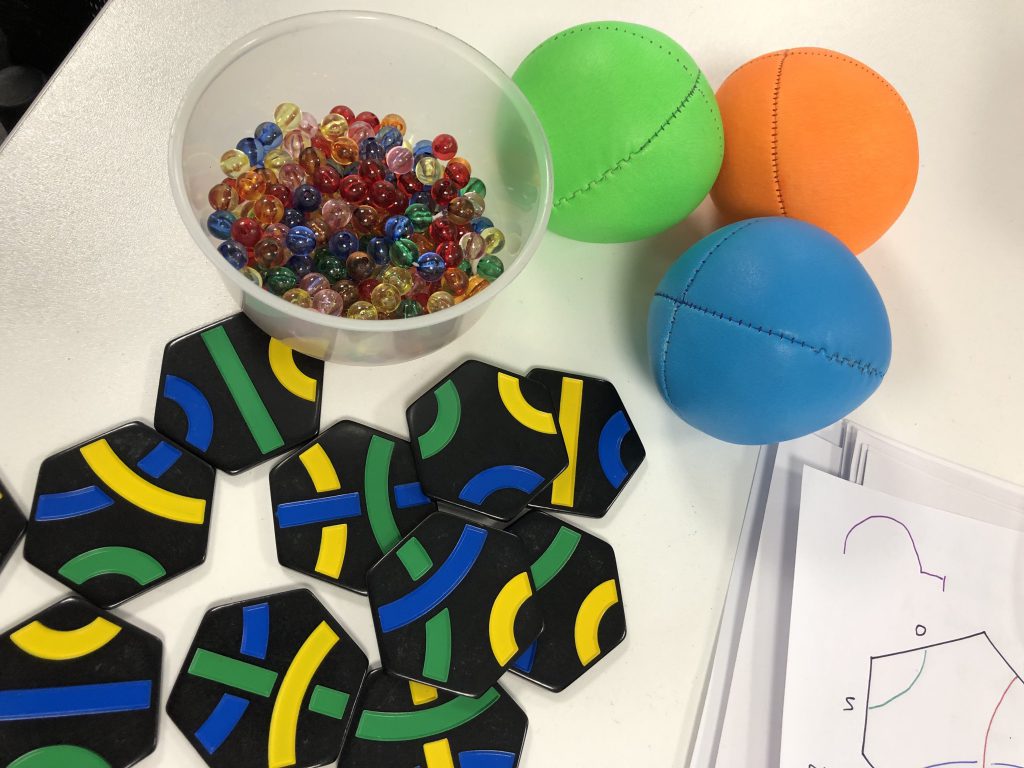I teach maths at university. Last week, I moved to online delivery, in something of a panic. I am writing to share something of how this went.
You're reading: Travels in a Mathematical World
The smallest unique Cheshire Cat

At the MathsJam annual gathering, one of the many activities attendees can participate in is a competition competition – entrants each come up with a competition and submit it into a larger competition, other attendees enter each of the competitions within the competition competition, and the organisers get the chance to make long and confusing (but strictly correct) announcements that contain the word competition a lot of times.
This year, we decided, after a spectacular last-minute MathsJam bake-off entry failure on the behalf of Katie, to enter a joint competition into the competition competition. Inspired by the ‘lowest unique answer’ style of competition, which has previously featured in various MathsJam Competition Competitions (and our recent lecture on game theory) we came up with an idea – what about a competition seeking a unique entry in a non-ordered set?
#tmwyk: mathematical play and conversations with my kid

#tmwyk is a Twitter hashtag which stands for some approximation of “Talking math(s) with your/young kids”. It is used to share mathematical interactions with children. It is also the subject of my MathsJam talk this weekend.
For me, I tend to use #tmwyk to share playful interactions with my son, following his interests and the mathematics that we find in the world around him. I’m not trying to teach anything in particular, nor am I trying to limit his interests to what might come up at school.
“Algebra?” said Madam Frout … “But that’s far too difficult for seven-year-olds.”
Thief of Time, Terry Pratchett.
“Yes but I didn’t tell them that, and so far they haven’t found out,” said Susan.
Population modelling in the Marvel Cinematic Universe
This post contains spoilers for the end of Avengers: Infinity War.

Talking to my three-year-old about my undergraduate mathematics teaching

One day, a couple of months ago, I was walking my son to nursery and he asked what I was doing that day. I said I was going to do some teaching. What about? he asked. Well.
Ning Nang Nong Latin square
My son is obsessed with the Spike Milligan nonsense poem ‘On the Ning Nang Nong’. Here’s a video of Spike reciting it.
This weekend, he asked me to help him learn it. I’ve tried to memorise it before, to save having to find the book when he wants me to recite it. But somehow, it’s never quite stuck. I can remember all the bits and the basic order (Cows-Trees-Mice), and know what happens after the lines ending “Nong” (“Cows go bong”), “Ning” (“Trees go ping”) and “Nang” (“Mice go clang”). What I struggle with is remembering which order the “Ning”, “Nang” and “Nong” go before the one that rhymes with what comes next.
At the weekend, I wrote “Ning”, “Nang” and “Nong” on pieces of paper and we rearranged them as we read the poem. I realised my difficulty is a mathematician pattern-spotting one. There’s a not-quite Latin square embedded in the poem.
Pringle stack mathematics

Pringles ran a Super Bowl advert. In case you’re looking for ways to give Pringles more money, apparently you can buy several tubes of Pringles and mix the flavours. (Pringles are a type of food. Super Bowl is a kind of sport. None of that matters, what matters is…) The advert shows a man stacking three Pringles together and claims there are 318,000 possibilities.